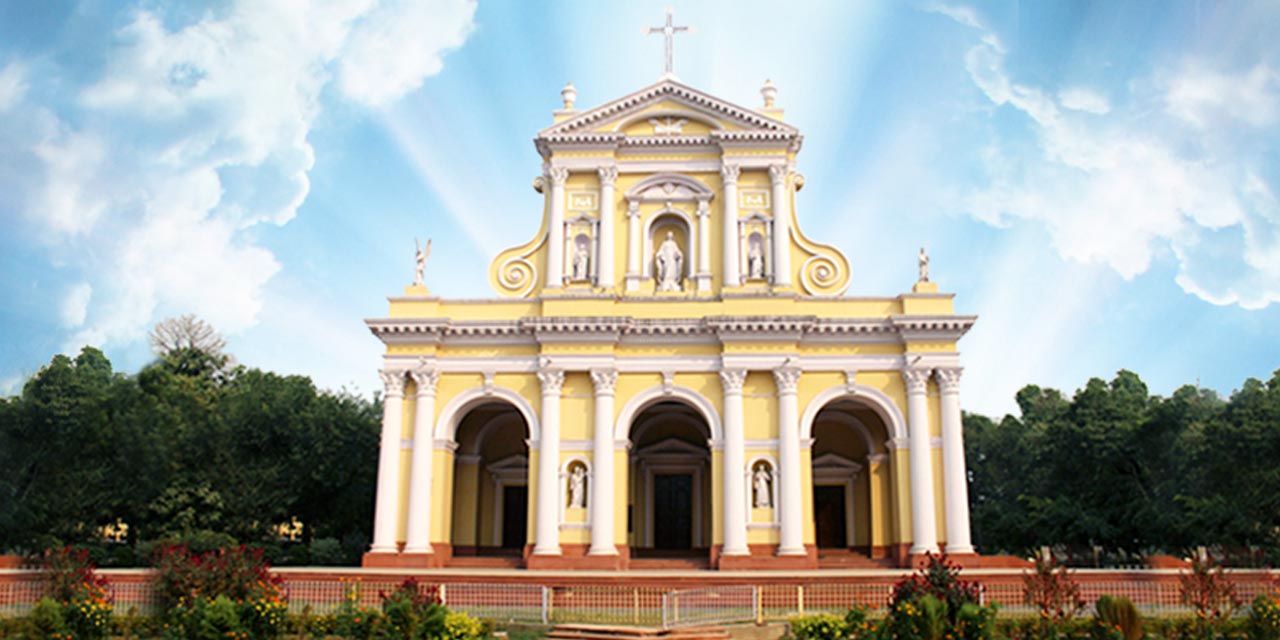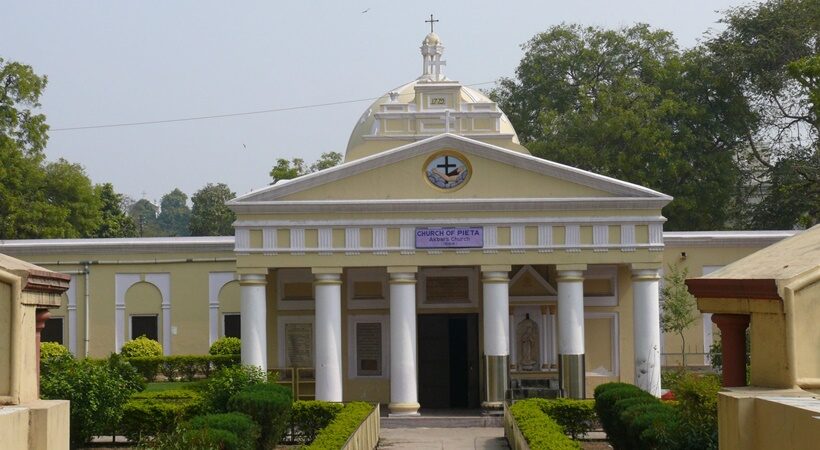The medieval capital of the Mughal Empire, Agra, is well known in the world for having the Taj Mahal and other grand Mughal monuments across the city. Akbar’s Church happens to be another significant piece of history in the famous city that invites the viewer into the diverse and cosmopolitan nature of the Mughal Empire.
The story of the church dates back to February 18, 1580, when a delegation of three Jesuit priests reached Agra for an audience with Emperor Akbar. Portuguese Fathers Rodolfe Aquauiua, Antoine de Monserrate and Francois Henriques had made the long and difficult journey from Goa to Agra for the same as well. Based on historical accounts, Akbar’s curiosity about different religions prompted him to invite priests from Goa.
The emperor often held debates between the priests and indigenous religious scholars at his court. Merchants and travellers from France, Portugal, Holland and Italy etc, flocked to the imperial capital. Moreover, there was a sizable community of Armenian merchants, bankers and jewellers thriving in Agra, where the Jesuits wanted to build a church.
Akbar, on his part, gave a generous grant to build a church in Agra. The festival of Christmas would see the Emperor and his nobles come to the church in the morning, followed by ladies of the harem and young princes in the evening. It is in this period of religious experimentation that the first Nativity plays in India were staged, with Europeans playing a part within, often with the emperor as the audience. Jahangir, Akbar’s successor, expanded his father’s church, and three of his nephews were baptized there.
However, Shah Jahan’s conflict with the Portuguese halted the imperial patronage temporarily. Along with many of the defeated Portuguese, Jesuit fathers were also captured. Their release in 1635 was subject to the church being pulled down, which was done – only to be reconstructed in 1636 at the same site. Subsequent renovations and reconstructions under the patronage of the Empire resulted in the current church, which features French, Portuguese and Mughal architectural elements.
The church was also affected adversely during the raid of Ahmad Shah Abdali. In 1769, however, it found another patron in the form of the European adventurer Walter Reinhardt, who helped to rebuild and extend the church. His wife, later known as Begum Samru, was probably baptized in this church.

Image Credits: Agra Tourism
Akbar’s Church remained to be the seat of the Agra’s bishop until 1848 when it could no longer accommodate Agra’s Christians. The rapid increase in the congregation led to the construction of a new church in 1848. This building, standing close to Akbar’s church and dominating what is now a large complex of church buildings, is the imposing Cathedral of Immaculate Conception.
Possessing a Baroque exterior at its front, the cathedral from within resembles a magnified version of Akbar’s Church with the same curved ceiling effect, the difference between the two places of worship being the altar. The cathedral today serves as the seat of the Catholic establishment in Agra. Currently, Akbar’s Church, also known as the Church of Pieta, is active and even open to the general public.



















